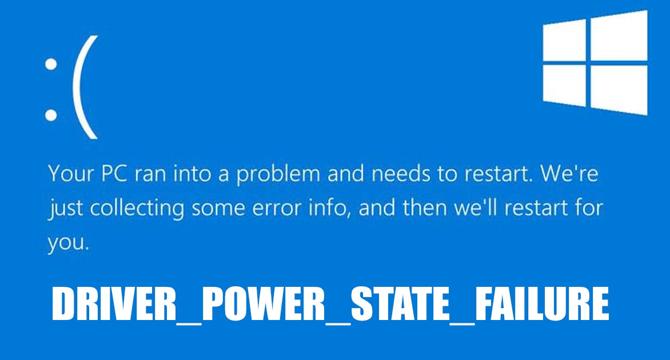TechViral
1d
287

Image Credit: TechViral
How to Fix ‘Driver Power State Failure’ BSOD Error on Windows 10/11
- BSOD errors on Windows are common and can be frustrating for users, with the recent emergence of the DRIVER_POWER_STATE_FAILURE BSOD affecting many Windows 10/11 users.
- To fix the 'Driver Power State Failure' error, users can start by adjusting power settings and plans, ensuring fast startup, sleep, and hibernate options are disabled, and configuring advanced power settings.
- Updating all drivers, manually updating device drivers, and rolling back problematic device drivers are suggested tactics to resolve the DRIVER_POWER_STATE_FAILURE BSOD.
- Disconnecting peripherals, reverting hardware changes, changing Windows power plans, running SFC & DISM commands, and updating BIOS or UEFI are additional steps that can help fix the BSOD error.
- Restoring the PC to a previous state using system restore points is advised if other methods fail to resolve the issue.
- While these steps can be effective in resolving the DRIVER_POWER_STATE_FAILURE BSOD error, users are encouraged to identify the method that works best for their specific situation.
- The article on TechViral provides a comprehensive guide on addressing the 'Driver Power State Failure' BSOD error on Windows 10/11.
Read Full Article
17 Likes
For uninterrupted reading, download the app